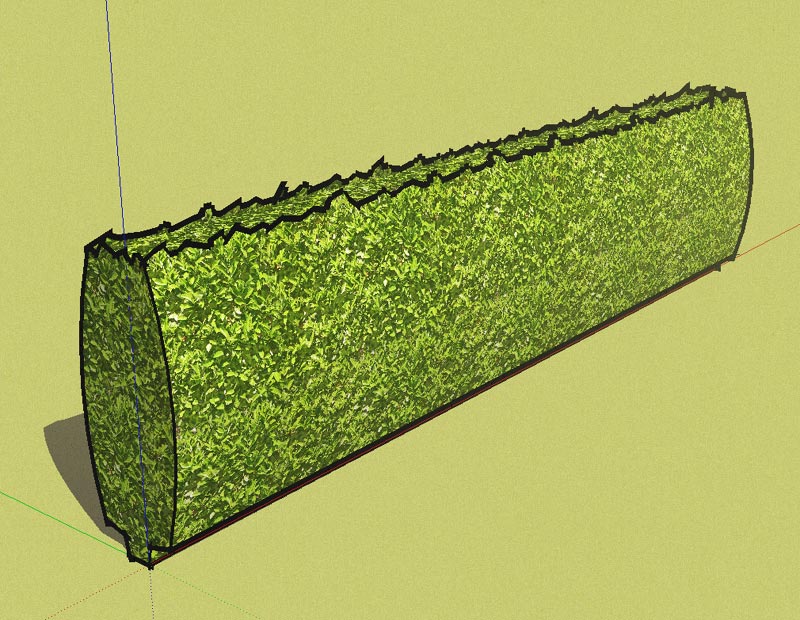can we call it modelling philosophy?
i don't know, but i'd say yes. i love the mental exercise to draw as low polygons and lines as possible. you have to be really synthetic, and that's good to point your focus on the general project and get not lost in ludicrous details.
when we draw on the screen we tend to loose the sense of the scale and draw often too much stuff.
small models are also fair to exchange with people who doesn't own a 'superworkstationonsteroidswithtonsofgigaherzmulticorecpuplusonedozenofgpusinparallel' and are easier to send by email
one other advantage is that my dual core cpu can really execute multiple tasks at the some time, if su requires only one of the cores to run. moreover i can run two su instances at the some time, one for the whole model and the other for editing the components.
if su could handle hi-poly objects, they should add more tools and options to edit better your models. for example, i find that the selection tool is too weak to handle hi poly geometries.
su is su and i like it as it is; otherwise it would be called maya or cinema 4d or modo or any software that can model complex geometries: there is plenty of alternatives, even free like wings 3d or cheap like silo, a nice modeler that starts from $ 79.
even photoshop can't draw any type of 2d image - they had to publish the creative suite, a potpourri of graphic editors, that still lacks a good cad.
at the some time i don't think that su can be the mother of every 3d application.
if the goal of google is to distribuite a software that creates contents for google earth and the 3dwh, it has to be easy and straight.
why is it preferred by many architects? well, that's another story. the plethora of ruby plugins available is surely of great help.
i personally find it really intuitive and love to work with it - fun is an essential factor!
my 2 cents
/matteo

 Can you see all the Poser nerds migrating to Sketchup to populate google earth with tons of NVWSIFOAS (naked viki with swords in fron of a shrine)?
Can you see all the Poser nerds migrating to Sketchup to populate google earth with tons of NVWSIFOAS (naked viki with swords in fron of a shrine)? 
